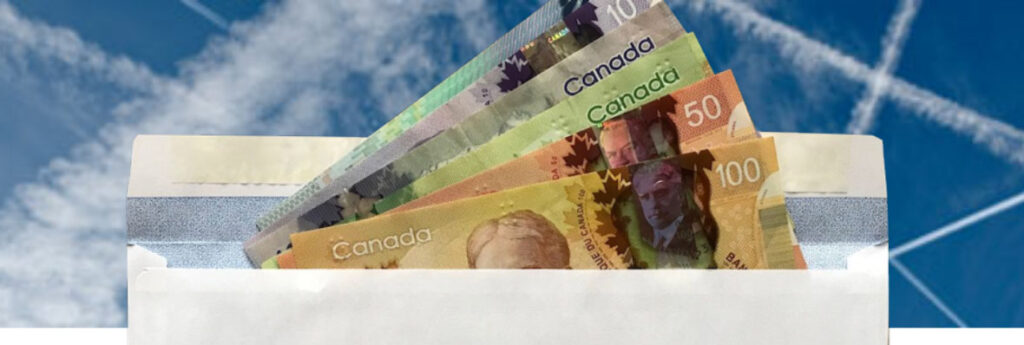Amid the flurry of pre-vacation packing and prep, it’s easy to forget considerations about the best way to pay for things abroad. But at a time of high inflation, questions about what cards to use, how much local cash to withdraw and which currency conversion services to avoid are particularly valuable.
Here’s what to know when seeking cost-effective methods of spending money overseas.
The best-case scenario is using a credit card, said Hayley Berg, lead economist at Montreal-based travel data firm Hopper.
They’re not accepted at every roadside stand or backwoods bar, but they’re widely used in most countries, particularly in cities and other popular tourism destinations.
Each credit card purchase includes a foreign transaction fee, usually around 2.5%. Eventually that can weigh on the pocketbook, but it’s lower than most ATM and debit card fees, Berg said. If a bistro bill of €76 converts to $100, the customer would be charged $102.50.
Multiple credit card providers offer fee-free overseas transactions. These come via “travel cards,” including the Scotiabank Passport Visa Infinite Card, HSBC World Elite Mastercard and Brim Mastercard.
“Usually, people just go with what they have. Only if you’re travelling a lot is that going to start to add up,” says Richard Vanderlubbe, CEO of Tripcentral.ca, who recommends travel cards only to business travellers and habitual tourists.
Credit cards also have a currency conversion rate – for converting the purchase abroad back to your home currency – that is marginally higher than the official “interbank” rate. But credit card companies typically offer the best consumer rates compared with ATMs or cash exchanges, he said.
Often customers are given a choice at the point of sale to pay in Canadian dollars or the local currency.
“Always choose to be charged in the currency of the country you are in. You will pay high conversion rates and transaction fees if they convert to Canadian currency,” the federal government states on its travel website.
Cash also has a role to play, however.
“You’re going to need cash for taxis, for tips, potentially, for a café with a coffee and a croissant,” says Jill Wykes, editor of Snowbird Advisor, an online resource for Canadians wintering outside the country.
Just don’t carry too much. Cards are safer “than walking around with a ton of cash in your pocket,” she notes.
Before departure, Berg suggests ordering foreign bills through a bank that can be picked up at the branch within a few days.
“A lot of European destinations rely more on paper or coin currency than we do in North America,” she says.
You don’t need three weeks’ worth of pesos, pounds, or greenbacks, but just enough to last a few days and avoid “all these nickel-and-dime charges” from repeated ATM visits, Vanderlubbe says. It’s also a pricey hassle to convert foreign coins into Canadian currency once you’re back on home turf.
After credit cards, ATMs usually offer the best rate, which in turn is lower than a straight exchange of cash. However, on top of the conversion fee – often between one and three percent – withdrawals will likely include an ATM fee of around $3 to $6 as well as a fee from your bank for using an ATM outside its network.
Scotiabank and Tangerine present something of an exception. They are part of the Global ATM Alliance, a network of big banks including France’s BNP Paribas and Germany’s Deutsche Bank that waive fees for ATM withdrawals from each other’s terminals in more than 30 countries and territories, from Australia to Spain.
No matter what, try to steer clear of ATMs and currency exchanges at airports and hotels, Vanderlubbe warns.
“If you’re cruising, if you’re going to a casino, that’s where suddenly the ATM charges are horrendous,” he says. “You pay for convenience.”
Large local banks likely have the lowest ATM charges, he adds.
Before heading off to the airport, travellers should check online to see if their bank and credit card provider recommend notifying them that they’ll be out of the country. Of Canada’s Big Six banks, only National Bank still recommends travel notification. Travellers should also ensure their personal information is up to date in case their financial institution attempts to reach out about a suspicious transaction.
“The worst thing you do is you get somewhere and you can’t use your card,” Vanderlubbe says.

